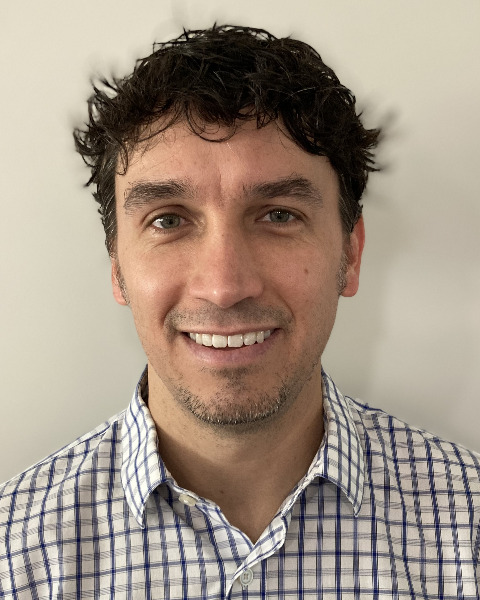SIR 2025
Interventional Oncology
Scientific Session
Strategies for Patient Selection and Treatment Planning in Y-90 Radioembolization without MAA-Based Lung Shunt Fraction

Allan Thomas, PhD (he/him/his)
Assistant Professor
Mallinckrodt Institute of Radiology, Washington University School of Medicine, United States- TA
Tharun T. Alamuri, BS
Medical Student
Renaissance School of Medicine, Stony Brook University, United States - JK
John Karageorgiou, MD
Assistant Professor
Washington University School of Medicine St. Louis, United States - DG
Dan Giardina, MD
Associate Professor
Mallinckrodt Institute of Radiology, Washington University School of Medicine, United States - CM
Christopher Malone, MD
Associate Professor
Mallinckrodt Institute of Radiology, Washington University, United States
Presenting Author(s)
Author/Co-author(s)
Lung shunt fraction (LSF) and lung mean dose (LMD) estimates are key aspects of patient selection and treatment planning in 90Y radioembolization. MAA-based planar imaging yields biased and uncertain LSF and LMD estimates {1}, restricting eligible patients and/or therapy. Prior work has outlined 90Y workflows and clinical studies without planar imaging-based LSF {2-4}. Here, >150 glass 90Y cases were assessed to explore strategies for therapy without MAA-based LSF and LMD.
Materials and Methods:
Consecutive HCC cases over 21 months at a single institution were analyzed. Perfused volumes and prescribed radiation dose (MIRD) were tracked. LSF was computed with planar imaging and MAA-SPECT/CT, with corrections at the lung/liver boundary for segregating lung and liver counts in SPECT/CT {1}. Cases were categorized by maximum tumor size: < 4 cm, 4-8 cm, and >8 cm. The impact of LSF methods and values on perfused volume and lung dosimetry was assessed.
Results: A total of 182 cases had usable SPECT/CT data for LSF estimates, with 157 cases proceeding to therapy. Among the 25 cases not treated, 5 were due to high LSF or LMD. LSF values differed among tumor size groups in both calculation methods, with higher values for larger tumors (p≤0.03). No HCC case < 4 cm had a SPECT/CT LSF >5% (none >10% for < 8 cm). Only a single HCC case < 8 cm had a planar LSF >20%. For HCC < 4 cm (simulated LSF: 5%) and 4-8 cm (simulated LSF: 10%), a 20 Gy LMD threshold yielded 98% and 80% of target volumes, respectively, treatable to >400 Gy. A 10% LSF and 20 Gy max LMD enable a chosen target dose (400 Gy) to larger perfused volumes (433 mL) than the clinical standard of 20% and 30 Gy (288 mL).
Conclusion: A modified paradigm is feasible in 90Y radioembolization, without patient-specific, MAA-based LSF and LMD. Simulated max LSF values were informed by SPECT/CT imaging and tumor size analysis. When combined with a conservative 20 Gy max LMD, high target dose ( >400 Gy) is achievable in most all clinically observed perfused volumes for HCC < 8 cm.


.jpg)